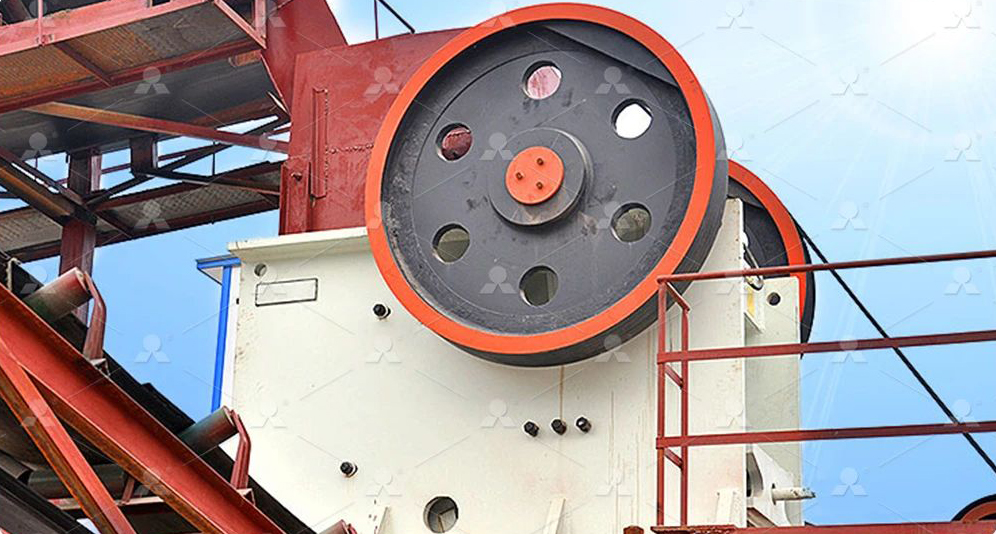Key Factors Affecting the Production Efficiency of Jaw Crushers
The efficiency of jaw crushers is critical in various industrial applications, particularly in mining and construction. Understanding the factors that influence the performance of jaw crushers can lead to more effective operation and maintenance strategies, ultimately improving production efficiency. Several key factors contribute to the overall efficiency of a jaw crusher, and addressing these can lead to significant improvements in output.
One of the primary factors affecting the efficiency of a jaw crusher is the material characteristics. The hardness, moisture content, and size distribution of the material being processed play a crucial role. Harder materials require more energy to crush, which can slow down the process and reduce overall efficiency. Similarly, materials with high moisture content may clog the crushing chamber, leading to frequent blockages and reduced throughput. Therefore, selecting the right type of material and ensuring it is appropriately pre-processed can significantly enhance the crusher’s efficiency.
Feed rate is another critical factor that directly impacts the production efficiency of a jaw crusher. A consistent and optimal feed rate ensures that the crusher operates smoothly and at its maximum capacity. If the feed rate is too low, the crusher will not utilize its full potential, leading to lower production rates. Conversely, an excessively high feed rate can overload the machine, causing it to choke and leading to decreased efficiency. Maintaining a balanced feed rate is essential for maximizing the crusher’s output.
The settings of the jaw crusher, particularly the closed side setting (CSS), also play a significant role in determining efficiency. The CSS dictates the size of the output product and influences the amount of material that can pass through the crusher. Adjusting the CSS to achieve the desired product size can optimize the crushing process, leading to higher efficiency. However, setting the CSS too wide may result in a coarser product, while setting it too narrow can reduce throughput.
Machine condition and maintenance practices are crucial for sustaining high efficiency in jaw crushers. Regular maintenance ensures that all parts of the crusher are functioning correctly, and any wear or damage is addressed promptly. Worn-out jaw plates, for example, can reduce crushing efficiency by affecting the machine’s grip on the material. Regularly inspecting and replacing worn parts can prevent efficiency losses and extend the life of the crusher.
Finally, operational factors such as the skill and experience of the operator can influence the efficiency of a jaw crusher. Operators who understand the machine’s capabilities and limitations can make informed decisions about adjustments and maintenance, leading to better performance. Training operators to recognize signs of inefficiency and how to address them can significantly enhance overall productivity.
In conclusion, the production efficiency of a jaw crusher is influenced by a combination of material characteristics, feed rate, machine settings, maintenance practices, and operator skill. By paying close attention to these factors, operators can optimize the performance of jaw crushers, leading to increased productivity and reduced operational costs. Ensuring that each aspect is carefully managed and maintained is key to achieving the highest possible efficiency in jaw crushing operations.
- > When is a Mobile Crushing Plant the Right Choice? Ideal Working Conditions Explained
- > Utilizing Cone Crushers for Gravel Crushing: Efficiency and Advantages
- > Efficient 100-150 TPH Cone Crusher for Nickel Laterite Ore Processing
- > Key Reasons Behind Low Output in Jaw Crushers and How to Address Them
- > Mobile Gold Ore Crushers in Malaysia
- > Reliable Limestone Impact Crushers: Ensuring High Performance and Quality
- > The Application of Mobile Crushers in Slag Grinding with Grinding Mills
- > High-Efficiency Mobile Crushing and Screening Equipment: A 500 TPH Solution for Australia


Online




Message

